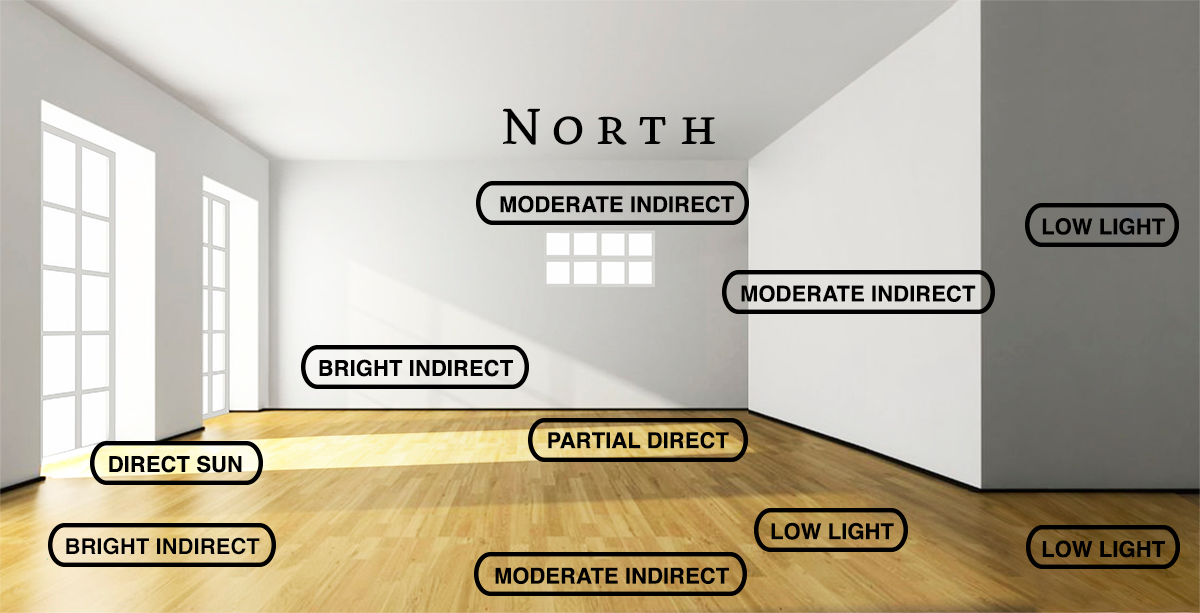
| height | 2–6ft | |
| width | 2–4ft | |
| tolerates | Heat, Pots | |
| water needs |
When soil surface is damp. | |
| water info |
Most staghorns appreciate mostly drying out between waterings, but not this one! It likes to be evenly moist so water it when the growth medium doesn’t feel squishy wet, but you still some moisture in the surface layer. If you let this plant go mostly dry, or worse totally dry, it doesn’t bounce back quickly as many others do. | |
| hardy to |
50F | |
| exposure | Moderate Indirect – Partial Direct | |
| indoor outdoor |
Indoor | |
| drainage | Orchid Bark | |
| origin | Tropical Africa | |
| california native |
No | |
| sunset zones |
H2 |

Direct Sun
Beams of light hitting the plant near a window four or more hours a day. The most intense light.
If you're in a direct sun spot, you can feel the warmth of the sun on your skin.
Partial Direct
Occurs when you have a plant that is in less intense direct sunlight.
This happens when a plant is in a few hours of direct morning sun, or an hour or less of direct afternoon sun.
It also happens when a plant is in direct sun, but more than six feet from a window, where the light is diffused.
Bright Indirect
This is just beyond the direct beam of light (or through cracked blinds or a sheer curtain filtering direct sun).
Bright indirect areas are characterized by a place where you can sit and read a novel comfortably without artificial light.
Moderate Indirect
Beyond the bright indirect light. In these areas you wouldn't turn on a light walking through the room,
but if you were hanging out there you would probably have the lights on, even during the day.
Low Light
Dim spots, usually the backs of rooms or hallways where you would always turn lights on,
even if just walking in to grab something.
